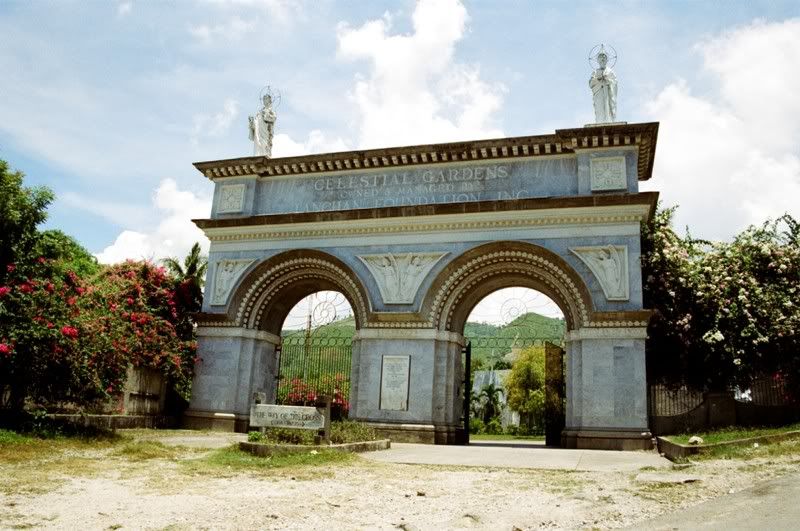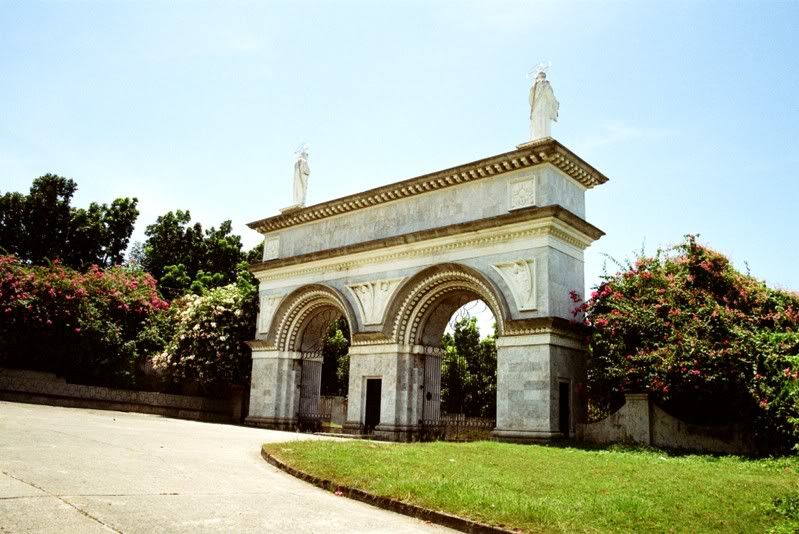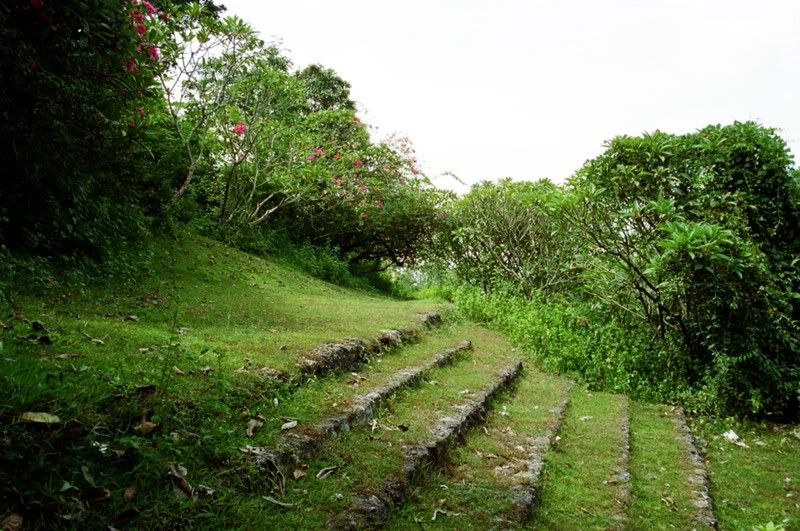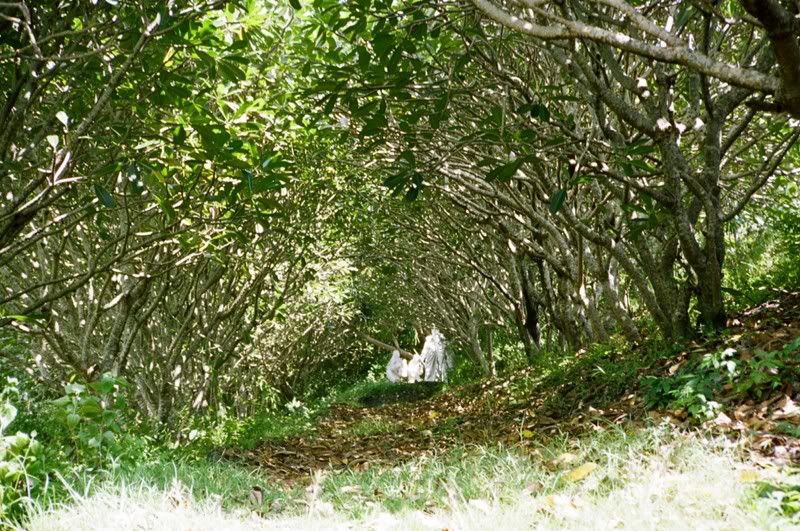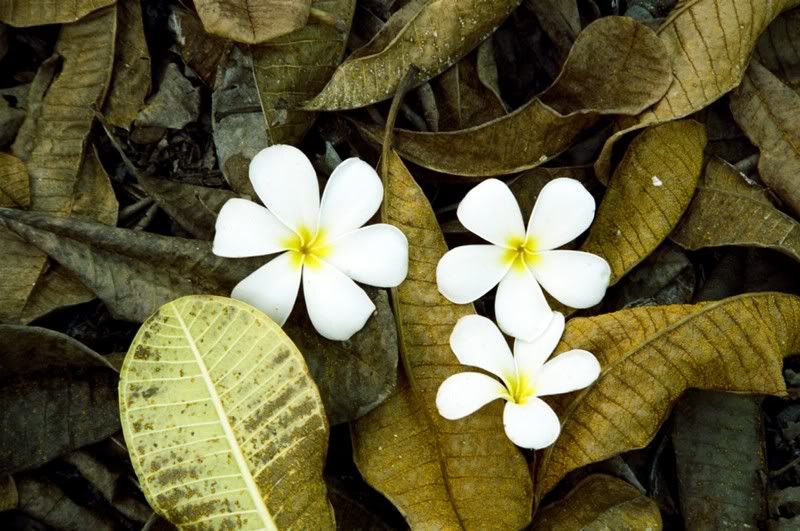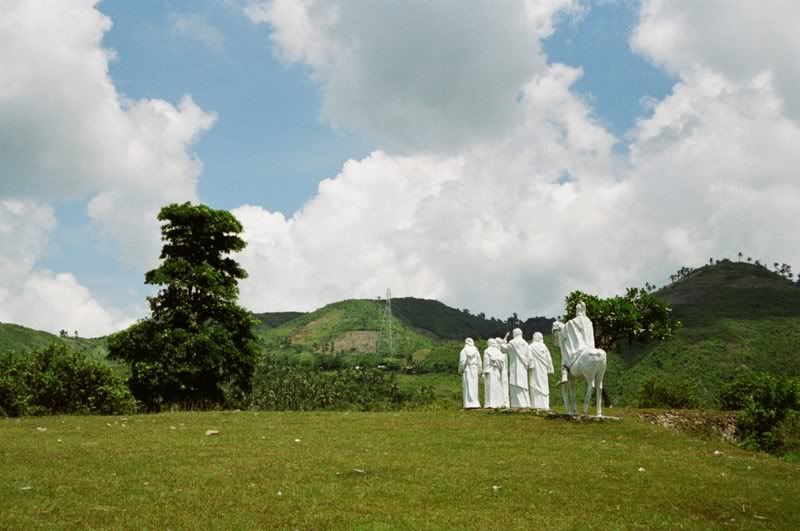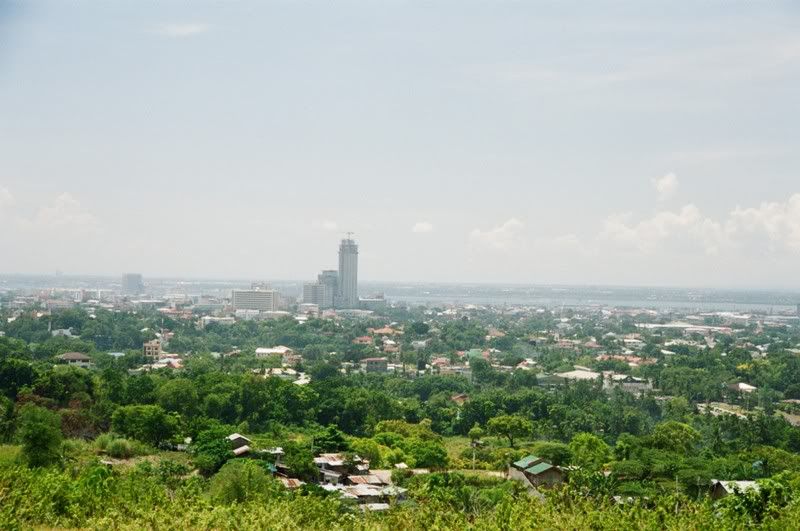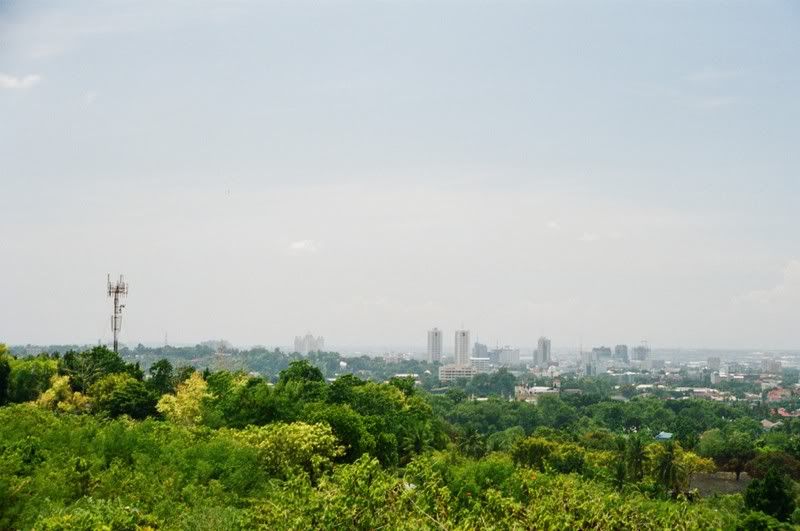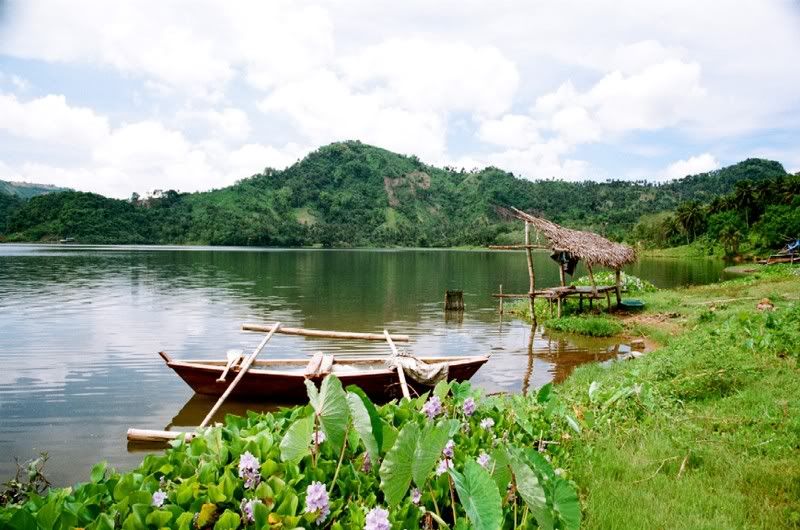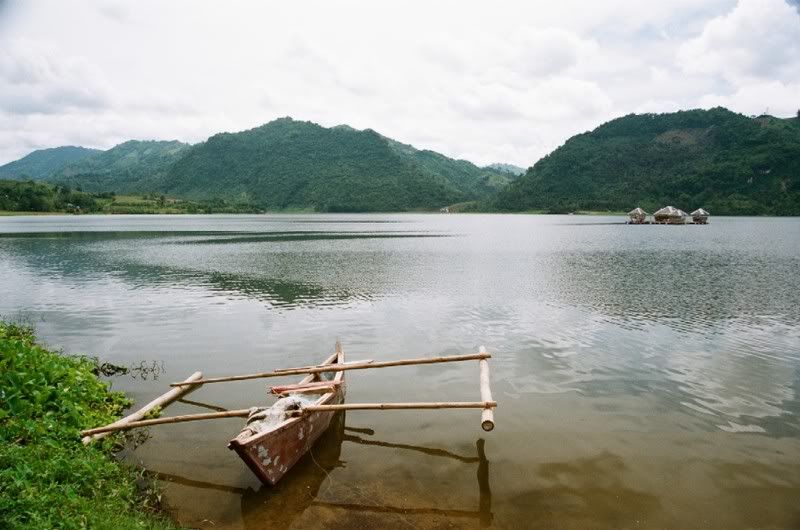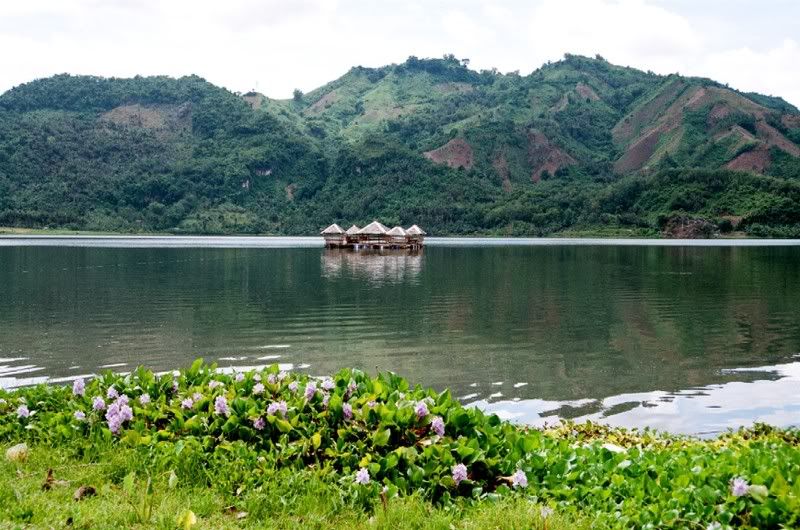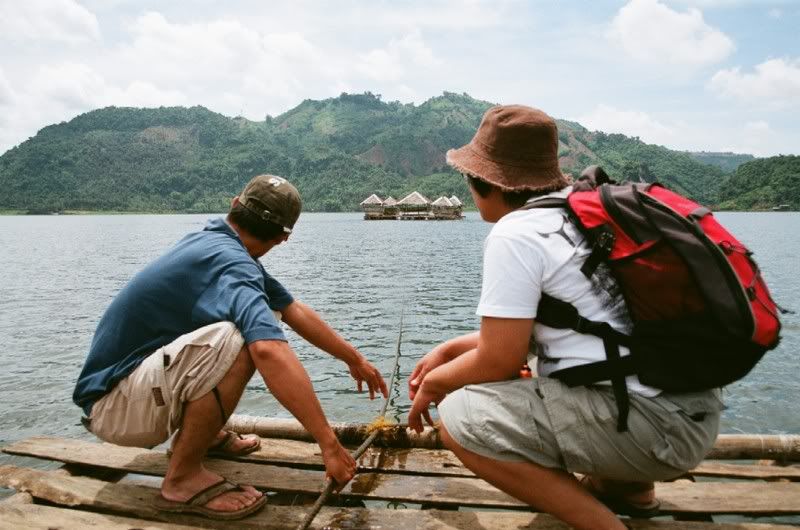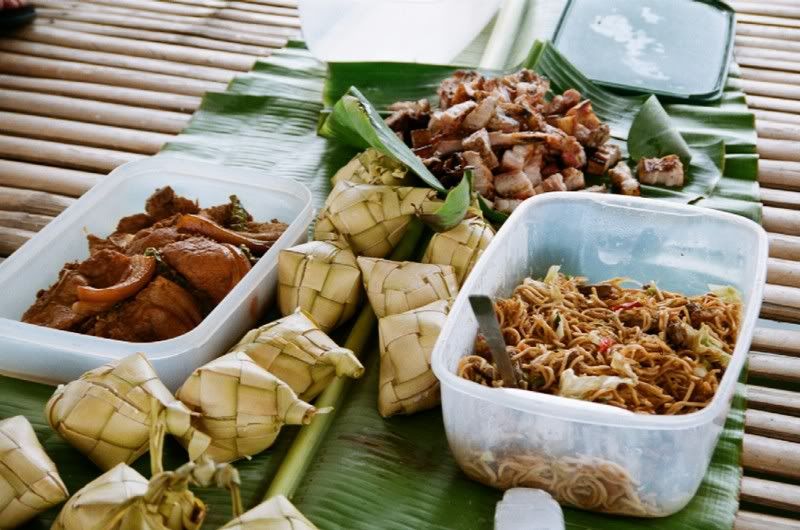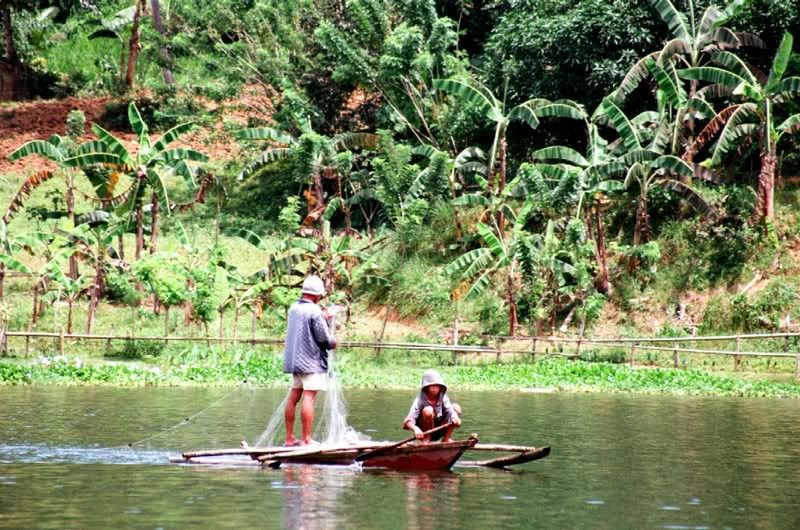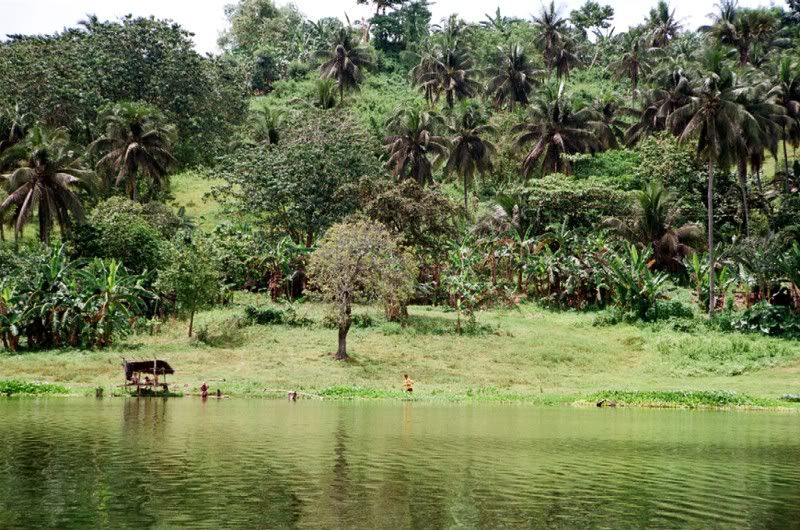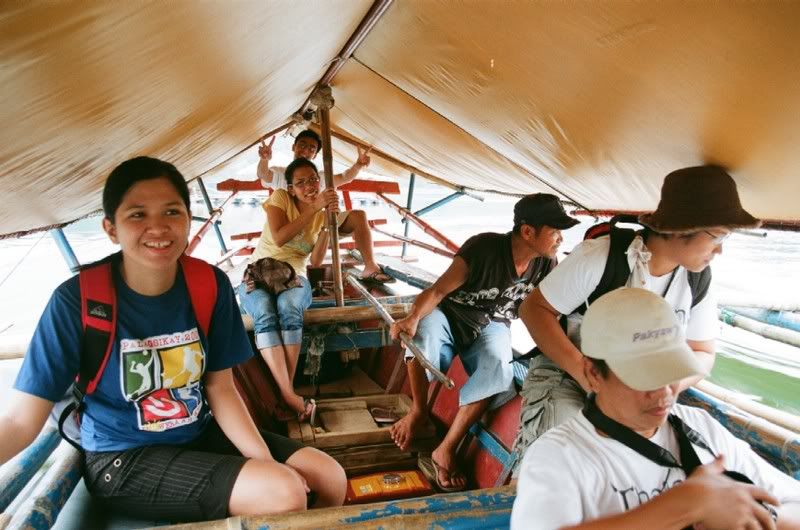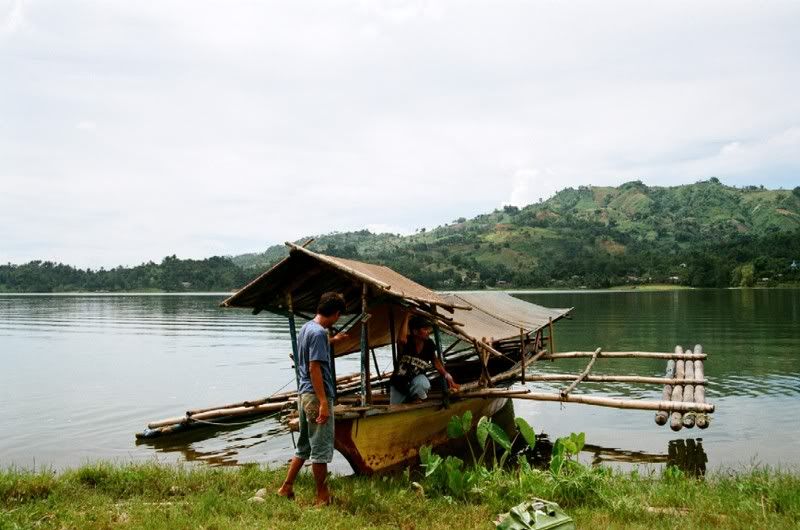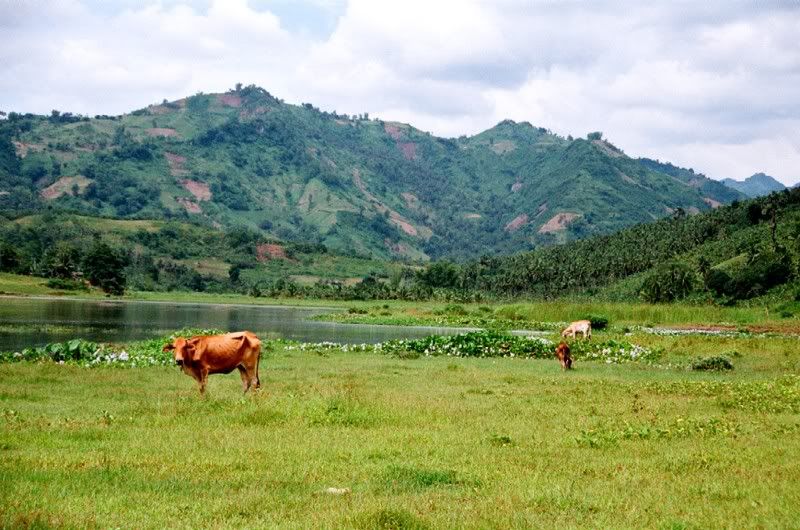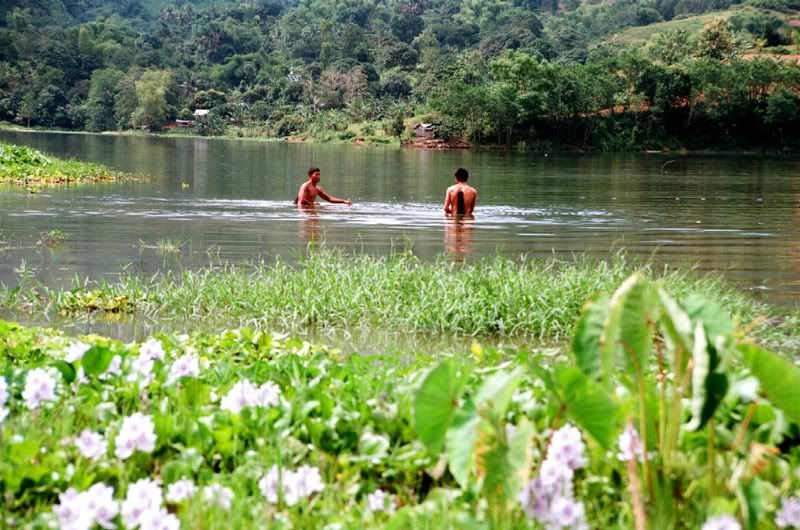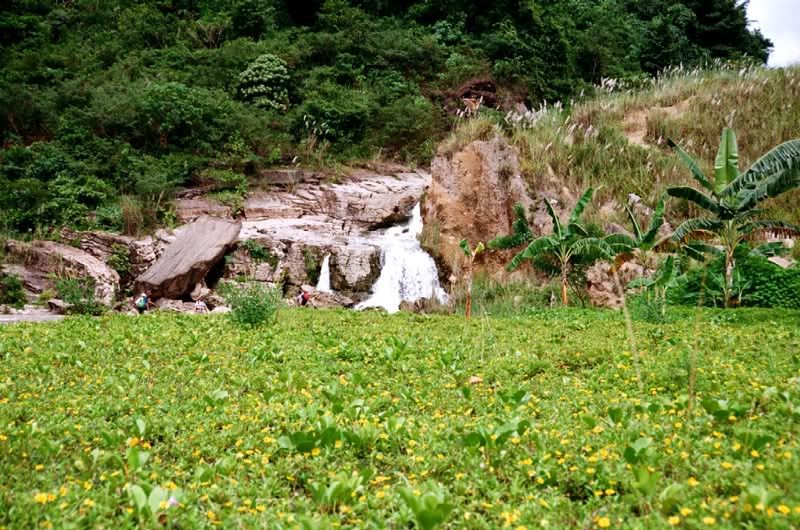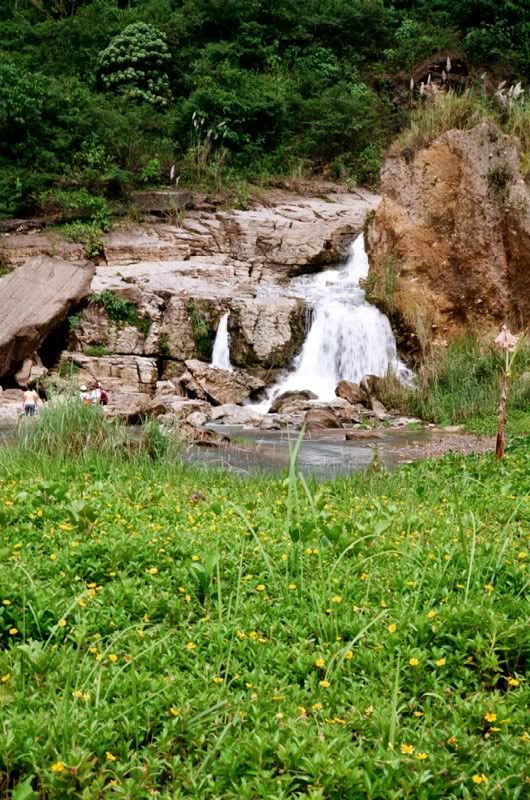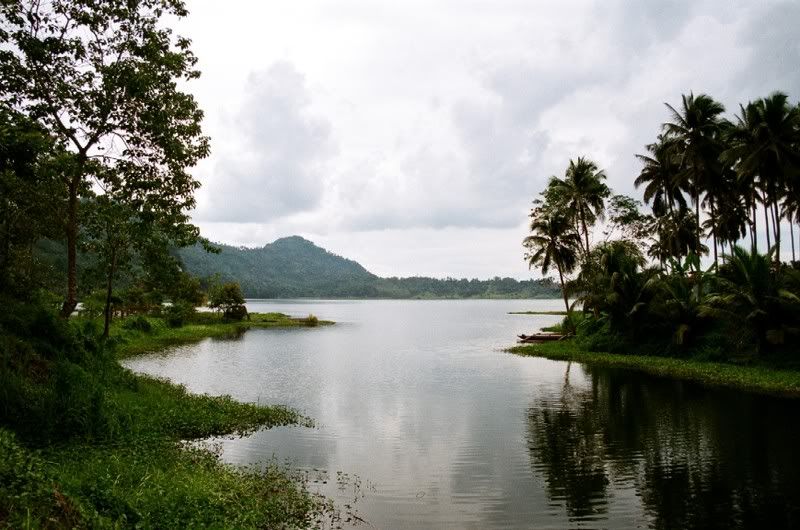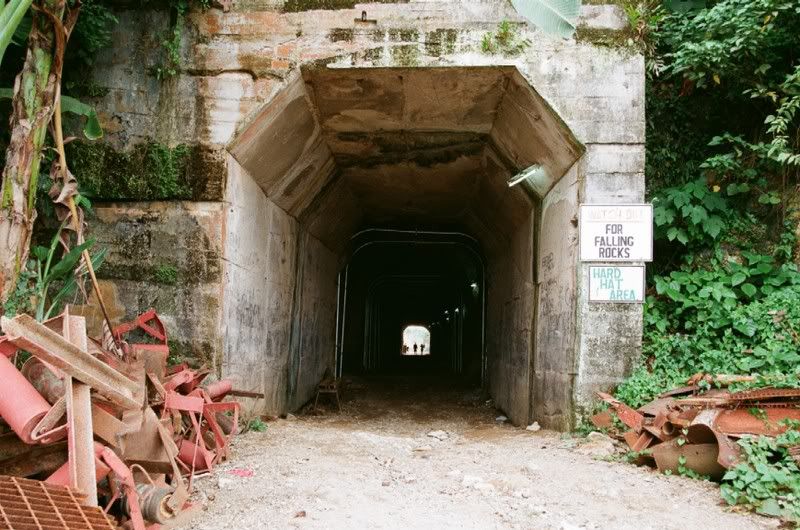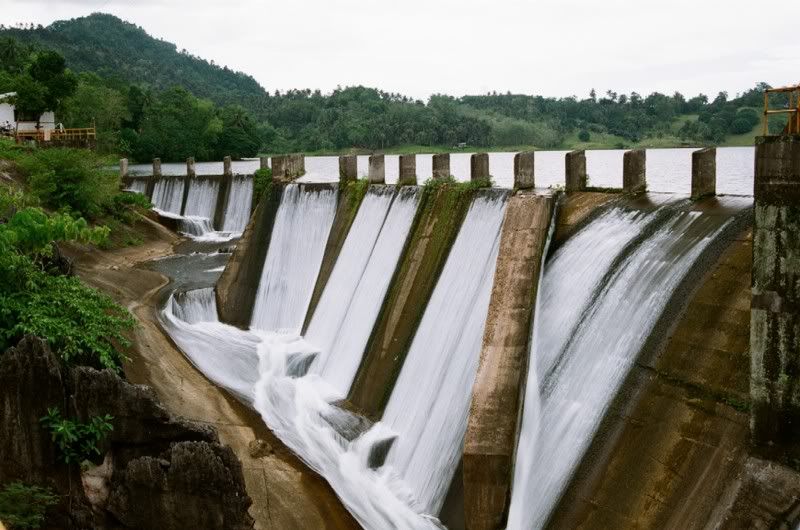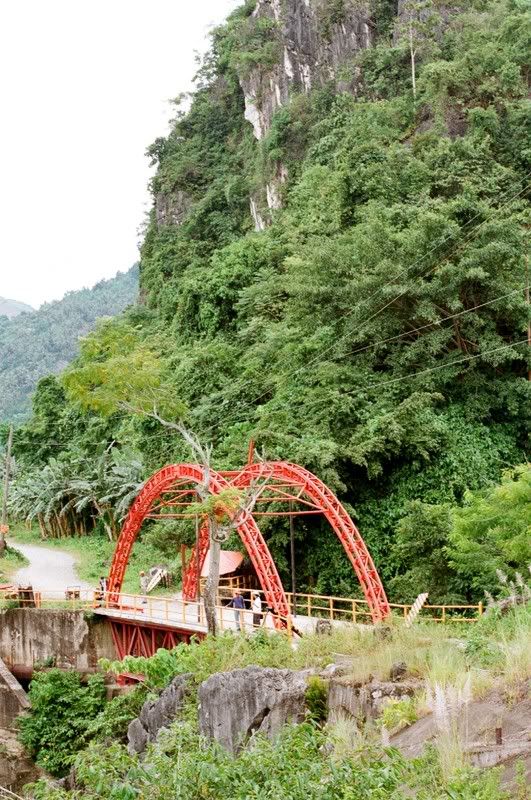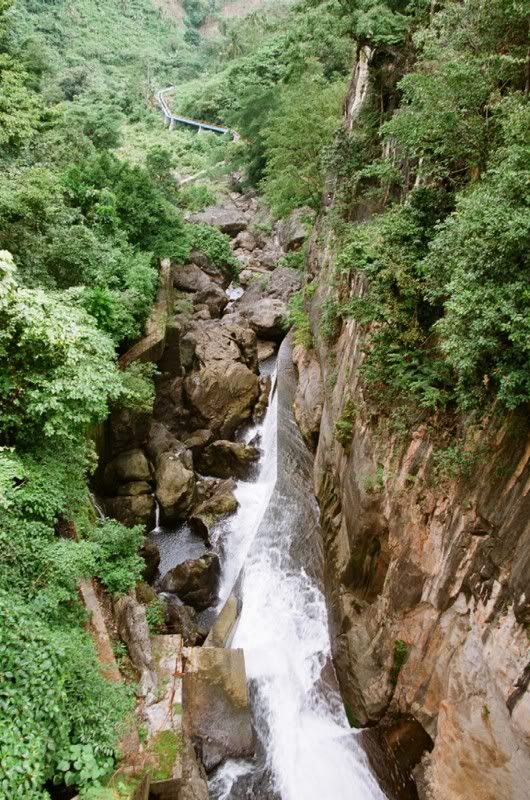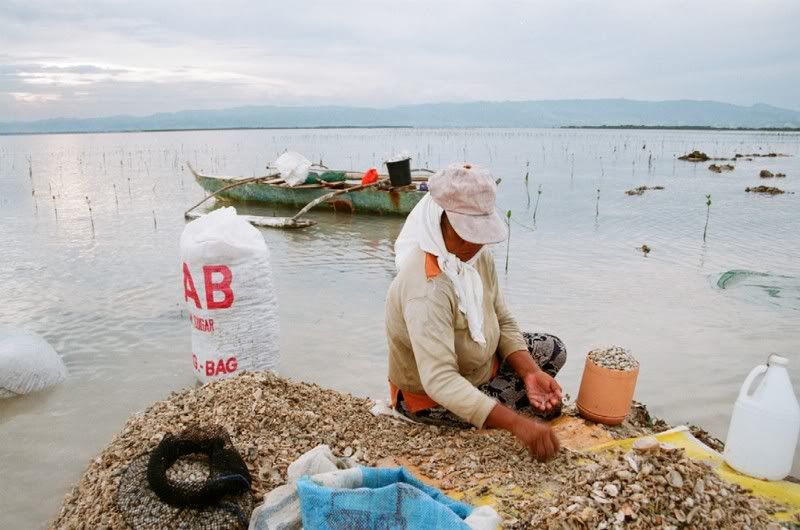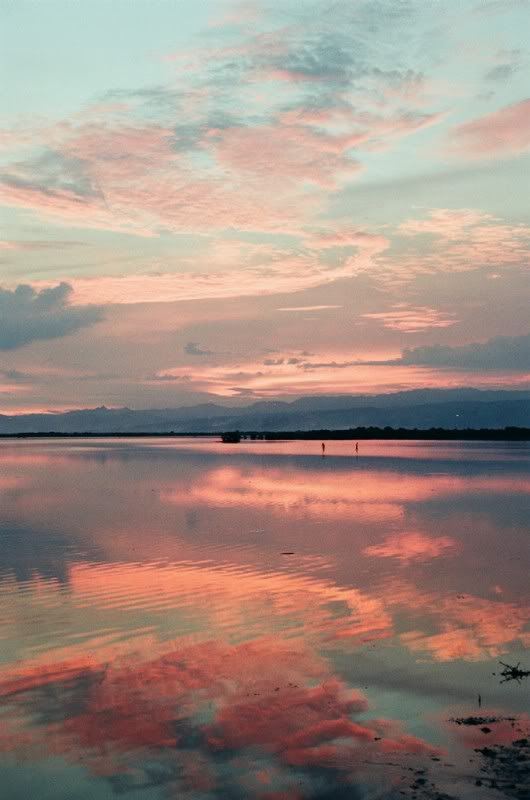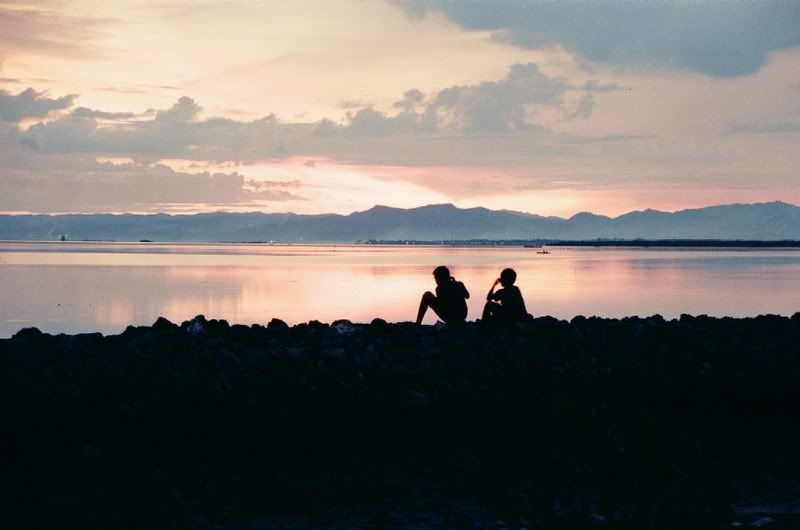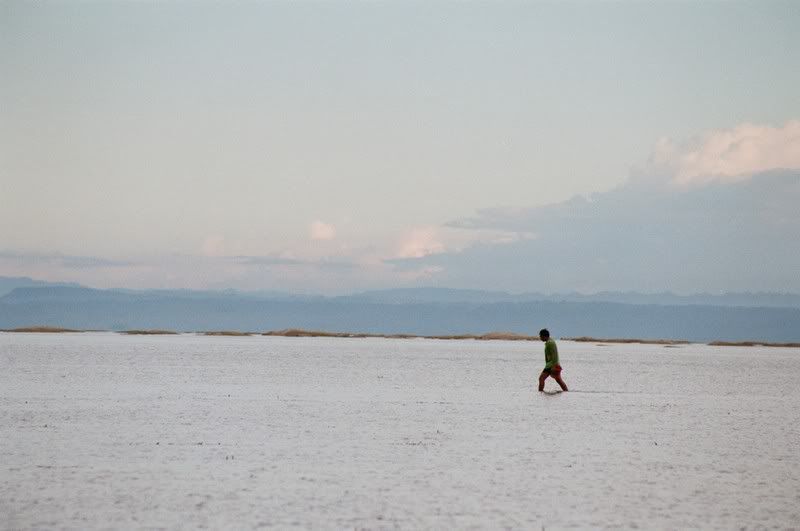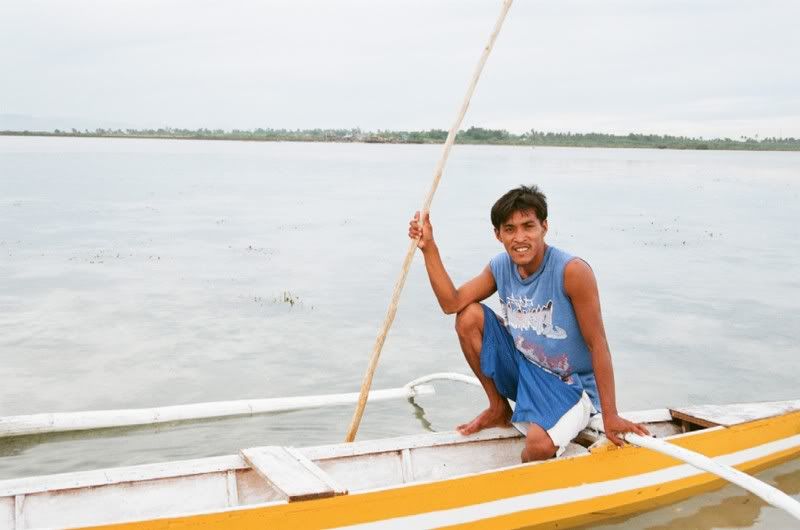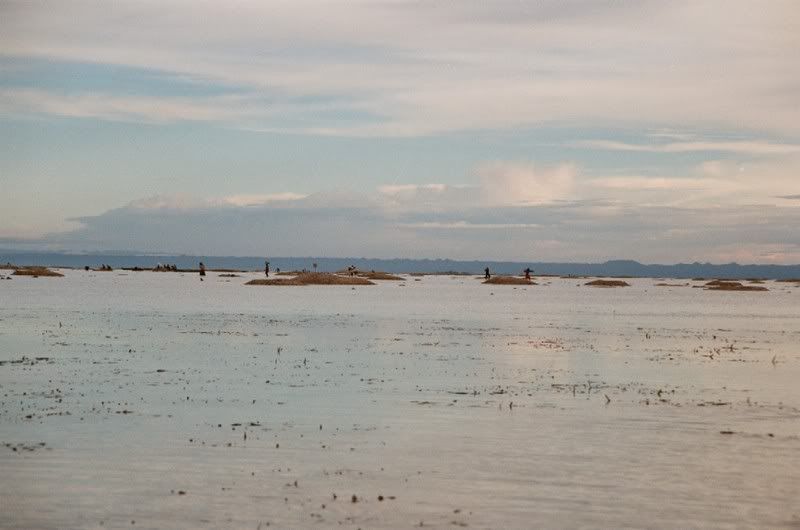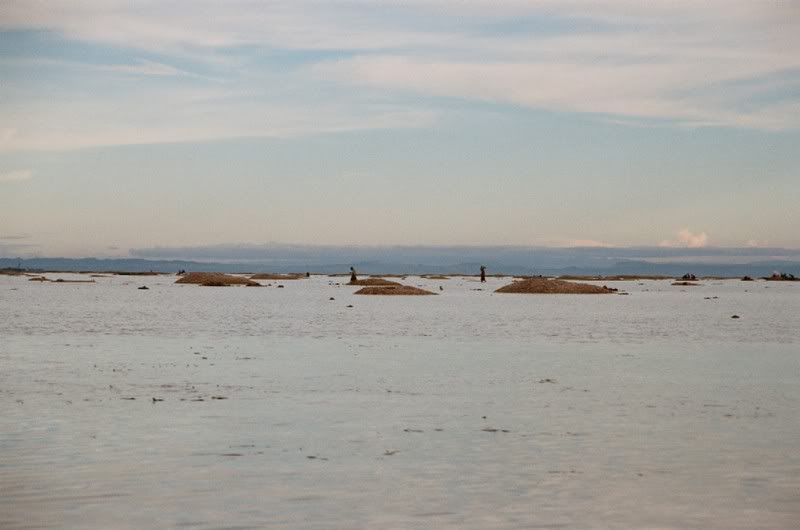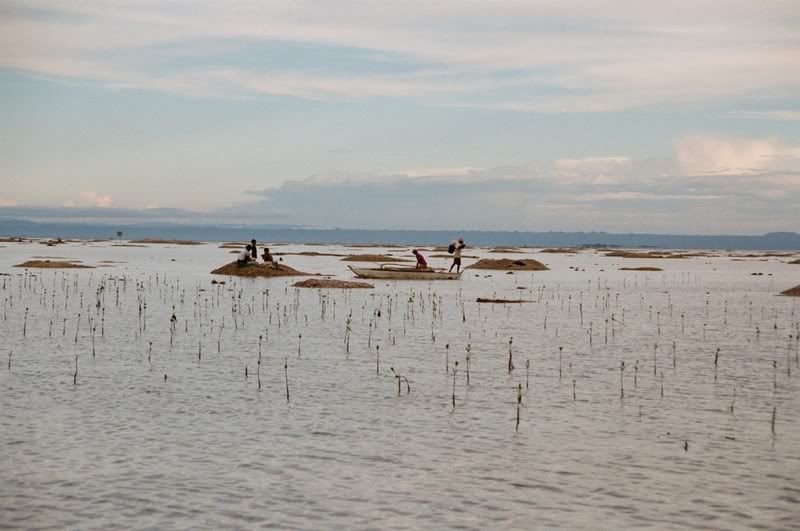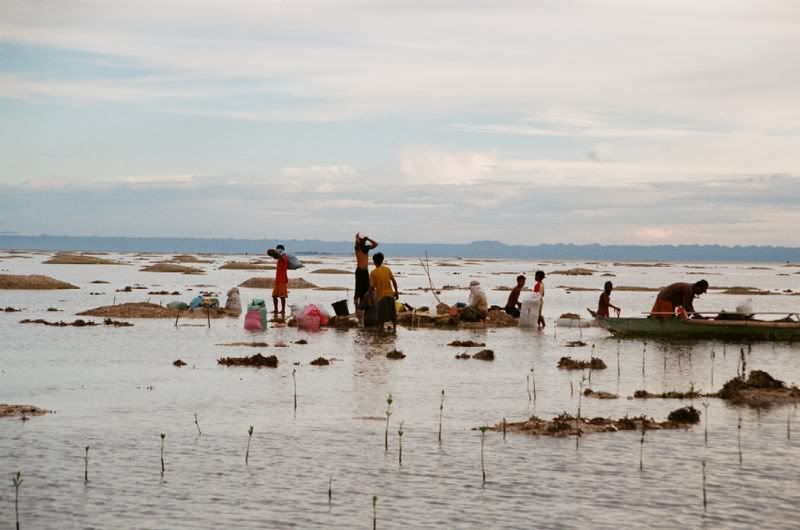(This article is also posted in PBSP's Visayas Regional Office site: www.pbspvro.blogspot.com )And after six years of employment in
Fairchild Semiconductor (FSCP), I was finally invited to engage in the annual tree planting activity organized by the company's Environmental Health and Safety (EHS) Committee. The activity was held in the mountainous area of Tabunan, Cebu City on an overcast Saturday, August 30, 2008. For my first outdoor immersion in corporate social responsibility, I planted one mahogany seedling and took pictures. :)
The event was held in association with
Philippine Business for Social Progress (PBSP). PBSP is a non-profit consortium of corporations. It is the first of its kind in Southeast Asia, leading the advocacy on the practice of corporate social responsibility. Corporate social responsibility is the business sector's obligation in involving itself with the efforts of improving the quality of life among the poor. PBSP as an advocate of this philosophy focuses its programs on integrated area development, technology management, capability building, enterprise development and local governance.
A memorandum-of-agreement exists between PBSP and FSCP for this yearly activity - FSCP to provide funds and planters and PBSP to take charge of the site preparation and seedlings. A PBSP representative is assigned to the participating company. Danny Cabantug voiced this event for PBSP.
We assembled in FSCP at around 7:15AM. After 30 minutes, four vehicles headed off to Tabunan from Lapu-lapu carrying about 45 participants. When we reached the designated stop, we descended a slope to our adopted area for tree planting.
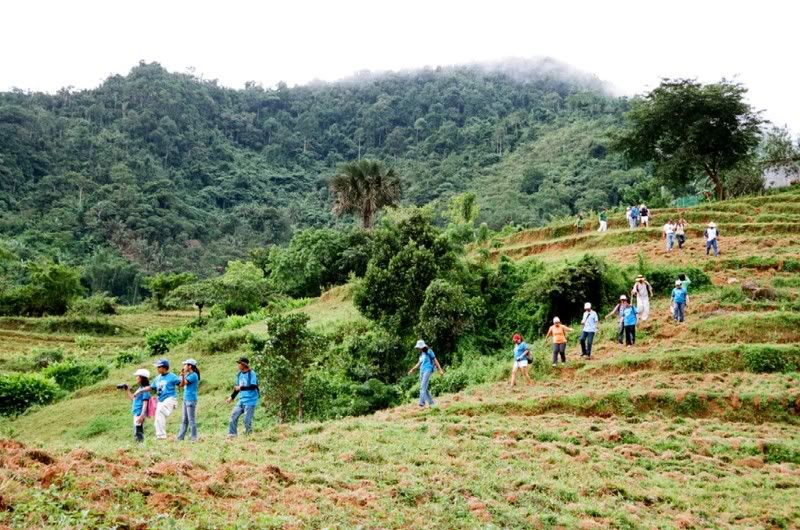
In the Filipino setting, a short prayer always commences most activities.
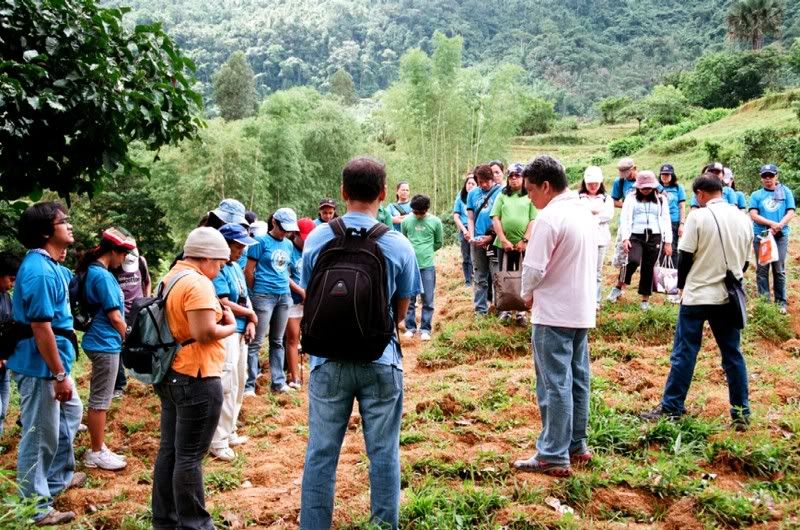
Danny and Boy Wahing then explained the rationale of the activity, site selection and the ground rules. PBSP has prepared around 700 to 1000 mahogany and
pili seedlings. Tabunan is part of the Central Cebu Protected Area and a recognized natural watershed.
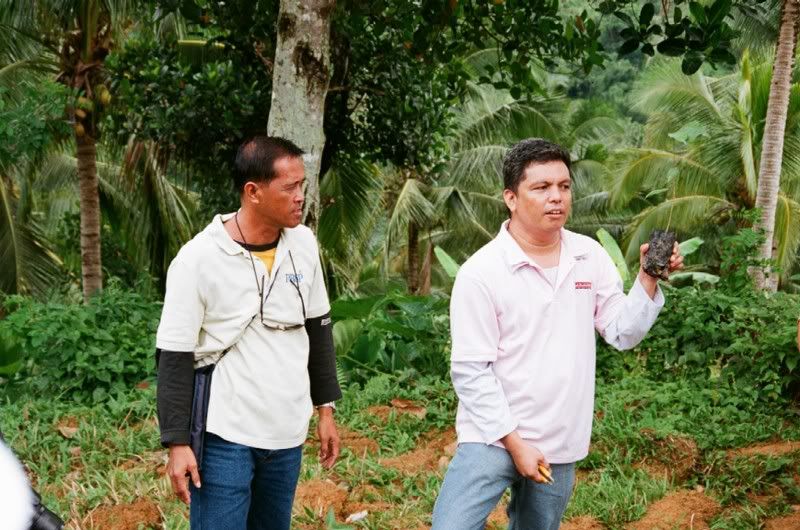
Reforestation is being done to achieve 50% forest coverage for watersheds such as this one. PBSP also tapped the locals of the area to prepare the holes for planting. After the short orientation, the planting (and the clicking) officially began.
Shiela Oyao, a fellow engineer, paused and posed for this shot.
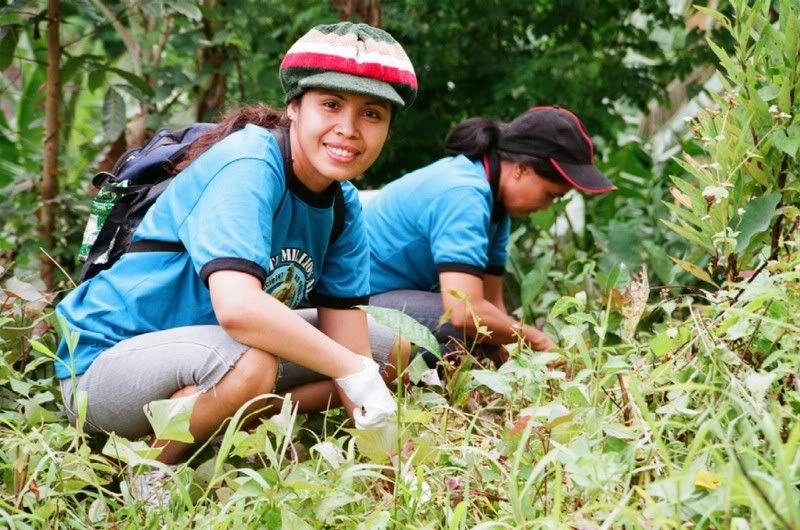
They all cramped in a row to fill the frame for this shot. Maricel Gudes (second from the last) is a regular visitor of this site and the one who invited me to this activity. She is joined by Nelson Montañez, Eva Igot (another blog visitor), Susan Alazas and Lupe, a line inspector I only know by nickname.
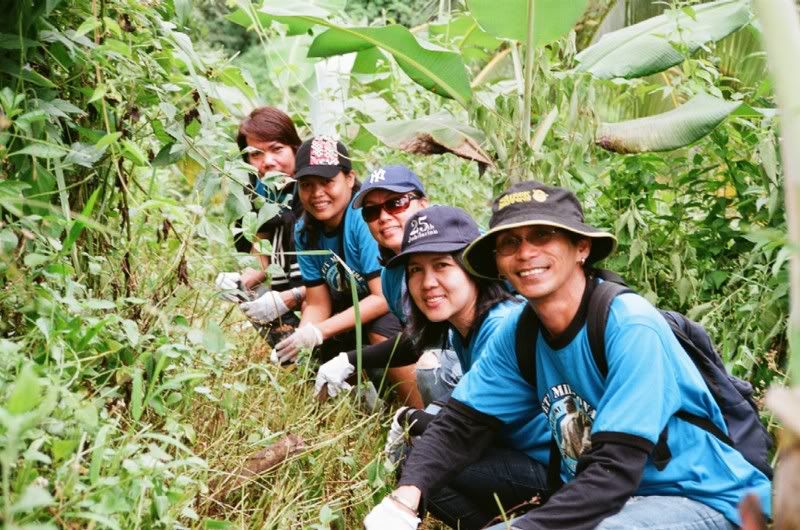
Jinky Arevalo, the chair of the EHS Committee, with trowel and seedlings in hand also granted me a pose.
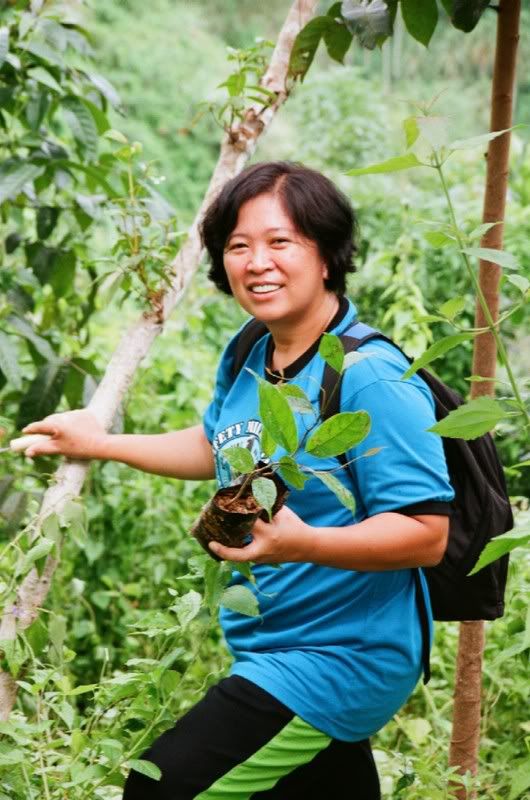
The planters eventually ran out of holes. Danny instructed the locals present in the area to make some more.
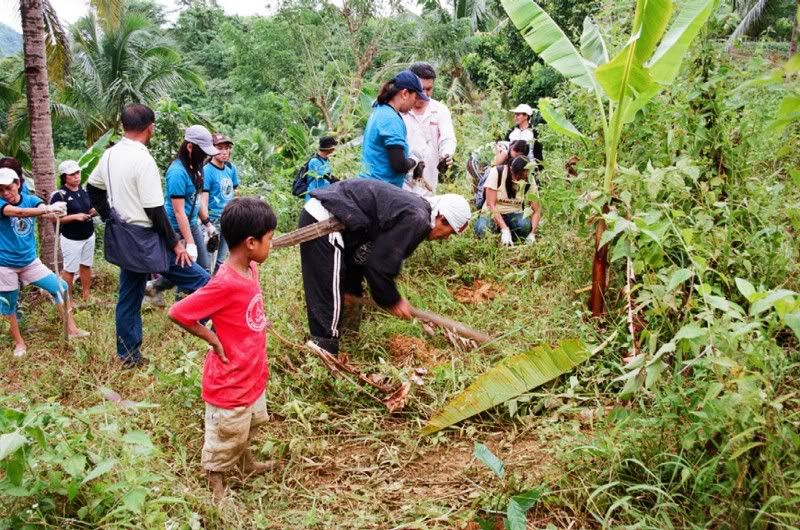
When it seemed that all the holes were filled in with seedlings, the group (inherent to Filipinos) decided it was time for picture taking.
And shutters closed and opened. Practically, I could not give in to their requests as much as I want to. After a while, some decided to have refreshments. Coconuts were abundant in the area and were sold at an overwhelmingly low price. The locals obliged.
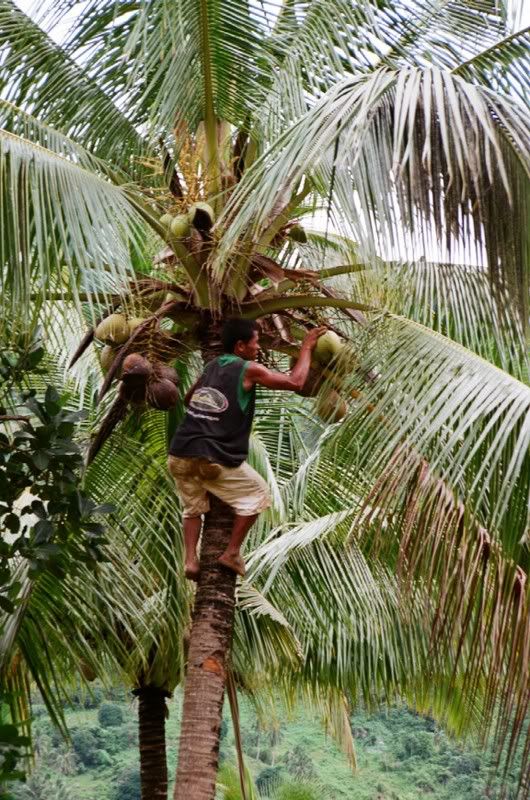
After several minutes of poses, we all headed back to our vehicles. We descended further down the valley to Tabunan River where we took our lunch. When I saw the river and the footpath ascending towards the opposite mountain, I recognized that it was the same river we trekked a month ago when we scaled down
Mount Manunggal.
We trekked upriver to reach another FSC adopted spot. Underneath a tree opposite the area was the lunch site.
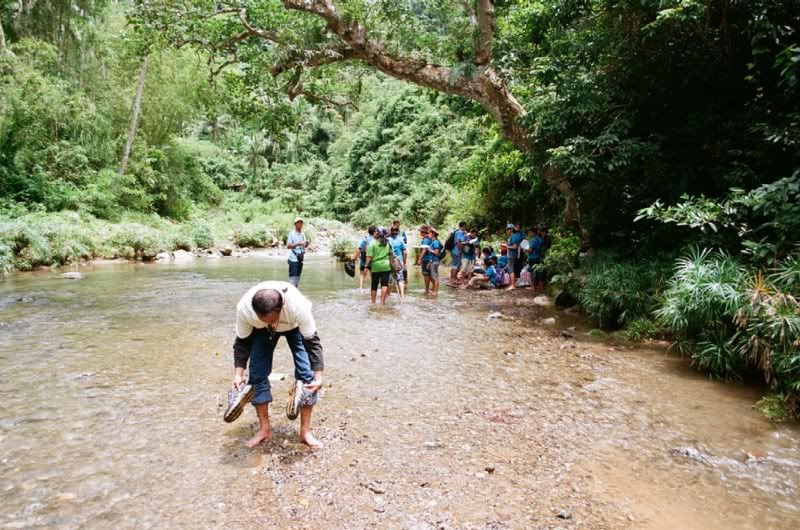
The dry area underneath the tree was quite small so the seating positions were constricted. Lunch was served and eaten in proud
Pinoy style: using hands.
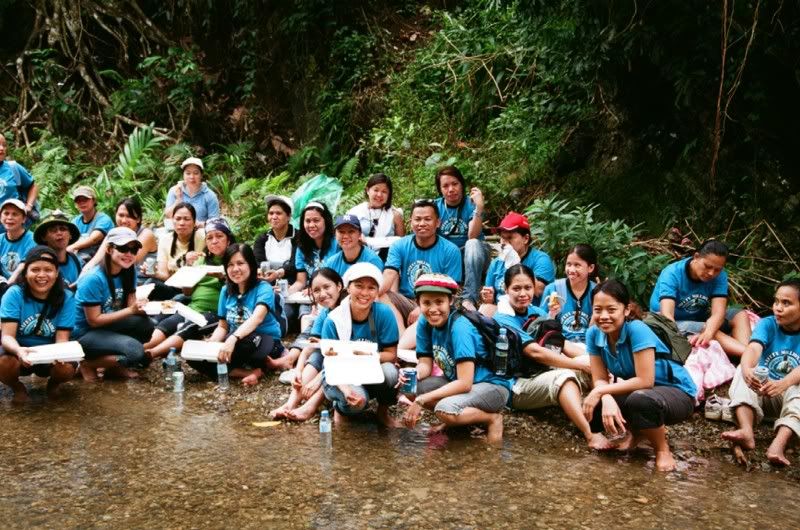
The cool waters of the river made lunch refreshing and prepared the group for the walk back to our vehicles. When I said that I will take a picture along the footpath, Susan, Eva and Genisa turned back and smiled for the camera.
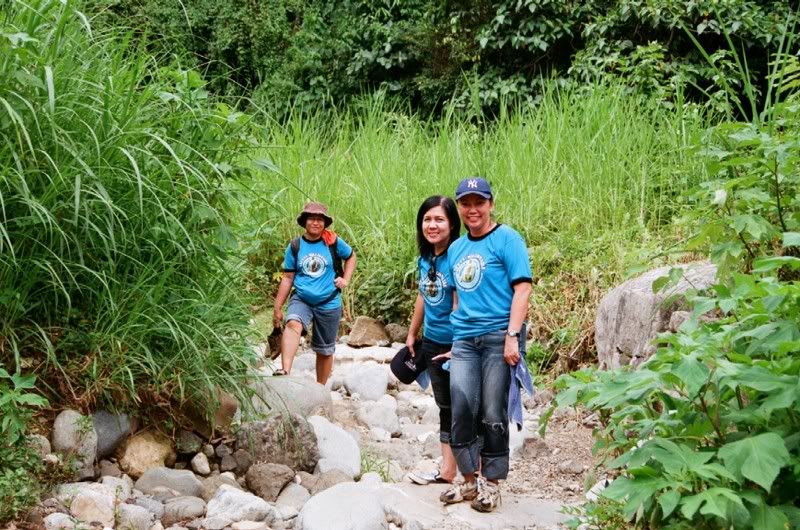
I was surprised to see a watermark in the bank of the river. So before finally leaving, I took some pictures of the wooden post. I was able to take one picture with a truly candid shot. The rest had poses. Louelle Lumauag graced this shot.

So after five hours and one seedling later, I was safely back in Lapu-lapu, culminating the activity with a fruit shake, siomai and tempura. Thanks to Maricel Gudes, Roric Magdayao and Jinky Arevalo for my participation in this activity!
To justify the lone seedling, my environmentalist friends told me that the role I played to this rivet of corporate social responsibility is not purely that of a planter, but that of a scribe - to document and help facilitate the awareness that
corporations also have obligations to fulfill and to contribute, not only to its employees but to society as a whole, in many different forms - be it one seedling at a time.
